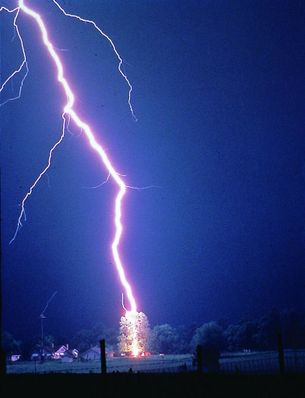Cheese trees
Contrary to popular belief, cheeses actually grow on trees, and do not come from the milk of cows.
The cheese tree is a very large tree that grows cheese on it. Many people think cheese comes from cows, but they are wrong. Farmers pick the cheese from the trees and sell them. The latin name for these little trees, "Darium chassius" simply means "Dairy cheese" (Chassi was the ancient roman term for cheese). These trees cost up to $7,000,000,000. Thats is why most people haven't heard to them.
The trees have specific growing conditions - they will only grow in conditions below -2 degrees celsius, on open ground with little shade. They blossom once a year - in the winter, and are most commonly found in northern Russia, Canada and Scotland. The tree grow to their prime phenomenally - from the shoot breaking the surface to the first pieces of cheese being grown, takes just 4 months - September to January.
Growing Progress[edit | edit source]
Around mid september time, the seeds sprout, and by the beginning of January the first pieces of cheese sprout. This is the interesting part of the process - If you've ever had brie, the will know that it has a thick, hard crust. This is how all Brie starts out, a solid lump of that crust. Initially the cheese will grow to a maximum of about 600 grams, which for a cheese tree is quite heavy.
By the time the cheese has grown to its maximum size, usually around March time, it will stop growing.
By the beginning of April, the inner layer of softer cheese will take up most of the space and about 1/4 inch of crust will remain on the outside. At this point, the cheese is picked by farm workers, and left to ferment for two months in a large fridge at a temperature of 4 degrees Celsius (Which is around the temperature of your fridge at home). This enables the thin, runny liquid inside to solidify a bit more. (This is why some Brie is runnier than others - it was not stored at a cool enough temperature). After the two months is over, farmers send to a special dairy food factory where all the brie is mixed together, the off cuts of crust are placed around the outside of the cheese, and goes straight to the shops for sale, and readiness to eat.
Other than brie, cheeses such as edam and some varieties of cheddar grow in this manner. The tree cheeses you see are basically just from trees which has been covered in the leaves of the tree which they grow off, rather than the outer crust.
